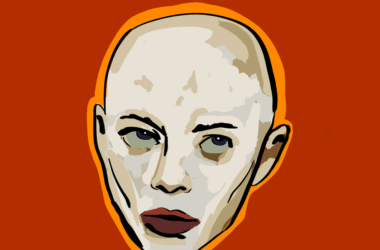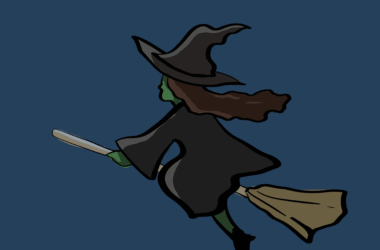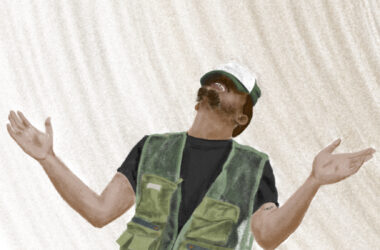Sufjan Stevens is a master designer of atmospheres. You would want to be a Jim Carrey-type character in a world of his design, and at the end of the movie you would ultimately choose not to escape through the hidden door. At will, and in bizarre, repeating cycles, he lulls you to sleep, jerks you awake, tussles your hair, and commands you to dance. On his newest release, The Age of Adz, his first since 2005’s phenomenal, folk-oriented concept album Illinois, Stevens again demonstrates this unparalleled creative capacity, only this time against the jarring background of lasers, synthesizers, hip-hop beats, auto-tuned vocals, and what seem to be robot guitar solos.
The album has received generally positive reviews, with some writers claiming it goes too far with the new sound, and others maintaining the artist has reached a new, more mature level of songwriting. However, the reviews I have read miss the essential point of the album and the strikingly new Sufjan Stevens sound: it is at once a philosophical treatise, a meditation, a plea, a call, and l’art pour l’art, all in one. Above all, it is a manual, written with the utmost sincerity, on how to be human in the age of the machine.
The new shtick begins on the second track, “Too Much,” an incredibly catchy tune that opens with what sounds like the staticky digital accompaniment to an underwater earthquake. The beat drops, revealing a Hot Chip-inspired car-chase melody, ripe for Kanye West sampling. A major theme is introduced on this early track: the computerized sounds overwhelm and ultimately take over the song from Stevens and his backing vocalists, and, in a way, the listener, too. The seven-minute song devolves into what seems like an in-studio battle between the musicians and these futuristic sounds, switching back and forth between digital dissonance and analog order—computerized chaos and human harmony.
On “Too Much,” as on other tracks, it often seems as if Stevens wasn’t allowed into a special room in the recording studio until now: the one with all the new-fangled equipment he was denied on his previous folksy albums. Like a kid in a candy shop, he samples various bleepy sounds before abruptly discarding them for other equally piercing noises. On most songs, it seems the musician himself is no longer in control, and the crashing, annoying digital anarchy is supposed to indicate who, or what, is.
Throughout the album, interesting lyrics and melodies are obscured by strange beats, unnecessary laser-like sounds and the frustrating use of reverb, as on “I Walked” and “All for Myself.” One begins to think there is not enough Sufjan Stevens on this newest Sufjan Stevens album, and wishes he would release a pared-down version of the album, as Paul McCartney did with the Beatles’ overly orchestrated Let It Be in 2003.
Indeed, the most aurally pleasing moments of the album come when the dramatic computerized sounds abruptly fall away, and only Stevens is left, picking his guitar and singing his sweet melody. These sections, as in the last minute of the title track, are what we used to listen to Stevens for, and are perhaps even more enjoyable on this album for being surrounded by such a futuristic, mind-blowing, incomprehensible hubbub.
By the end, the whole album appears as a necessary setup for the final track, the 25-minute “Impossible Soul.” This song breaks all the boundaries of the past, for the artist and the listener both. It lyrically parallels the album’s musical novelty, and furthers the theme of a propulsive thrust into the future, insisting repeatedly: “Don’t be distracted / Do you want to be afraid?” Answer: “The scariest things are not half as enslaved.” Freedom is possible despite the machines.
There are aspects of his new album that one cannot help but find annoying and overdone. But in the end, The Age of Adz emerges as more than all that, as something we cannot help but appreciate and be seriously moved by. Because, despite all appearances to the contrary, it is ultimately human, and so are we.






